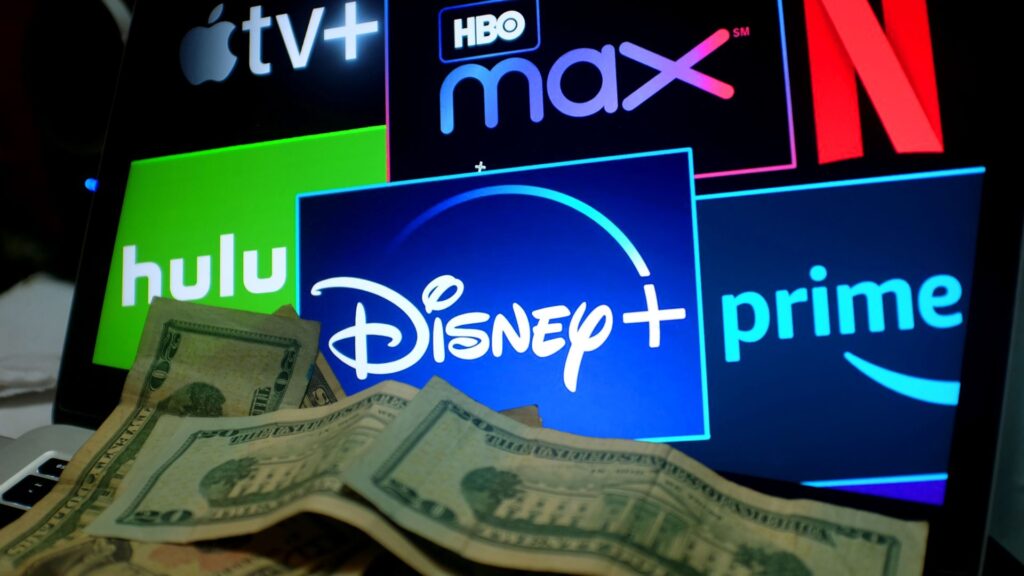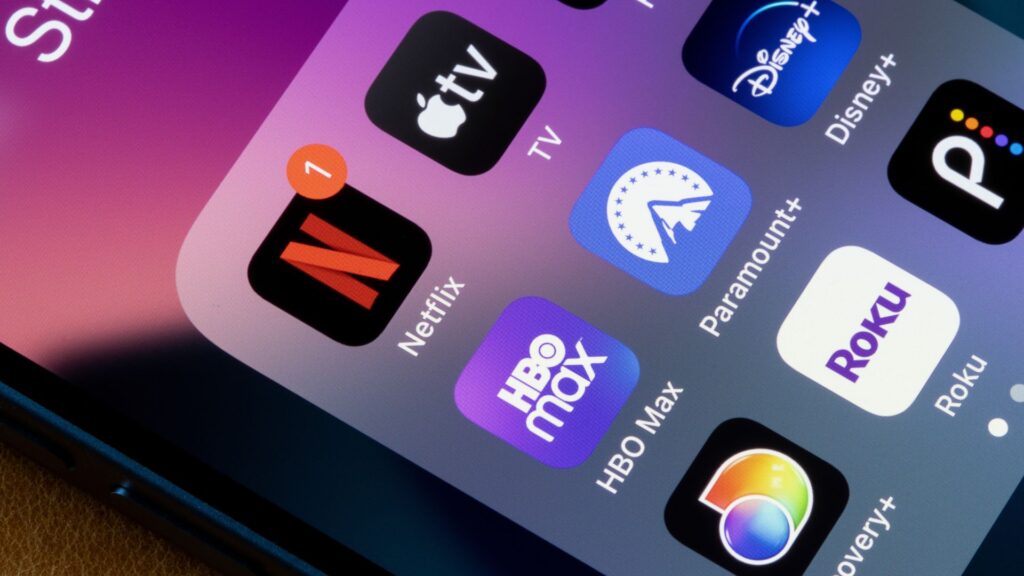
For SaaS companies, the payback period is an important factor in determining the financial viability of their product. To explain this information, we will use streaming companies as an example. Among streaming companies, measuring the success of a product can be a complex task. The payback period can provide valuable insights on customer acquisition cost (CAC) and return on investment (ROI). This article will explain the payback period, review the factors that affect it, how to calculate it, and techniques for optimizing it.
What is the Payback Period?

Payback period is the amount of time it takes to recoup the costs of acquiring a customer. This metric helps companies understand the effectiveness of a product’s customer acquisition strategy, as well as its overall ROI. In streaming markets, for example, a short recovery period could indicate that a product’s customer acquisition strategy is effectively targeting high-value users, while a slow payback could indicate that the product is not effectively acquiring customers.
Factors that Affect Payback Period in the Streaming Industry

Understanding how a variety of factors interact and influence a company’s financial recovery period is critical for streaming service providers seeking to maximize their rate of return and achieve long-term success in the industry. The applicable factors that can impact this metric in the streaming industry include customer acquisition costs, user retention rates, and revenue streams.
Customer Acquisition Costs
Customer acquisition costs (CAC) can include advertising, promotions, and other marketing efforts aimed at acquiring new customers. The higher the CAC, the more revenue a streaming service will need to generate over time to recoup these costs. Conversely, a lower CAC can shorten the time frame, as the service can recoup its initial investment more quickly. In the streaming industry, acquisition and advertising costs can be significant, as companies compete for the attention of consumers.
User Retention Rates
User retention rates are another important factor in determining the amount of time it takes to recoup the costs of acquiring a customer in the streaming industry. High churn rates can negatively impact this metric, as the cost of acquiring new customers is offset by the loss of existing customers and the streaming service will need to invest more in acquiring new customers to replace those who churned. A low retention rate can also reduce customer lifetime value, as customers who churn early in their subscription are less likely to generate significant revenue over time. Companies can analyze user retention rates to identify areas for improvement and optimize the period of time it takes to recoup these costs. For example, if the churn rate is high, the company may focus on improving the customer experience or offering incentives to retain existing customers.
Revenue Streams
A diversified revenue stream can shorten the amount of time it takes to recoup the costs of acquiring a customer, as the service is not solely reliant on one source of revenue to recoup its initial investment. Conversely, a narrow or limited revenue stream can cause a slow payback, as the service may struggle to generate sufficient revenue to offset its initial investment. Subscription fees are the most common revenue stream for streaming services and provide a reliable, recurring source of revenue. However, a service that relies solely on subscription fees may struggle to acquire new customers or retain existing ones, especially if the market is already saturated with other subscription services. Advertising can provide an additional source of revenue, although this revenue stream is highly dependent on the service’s user base and the amount of time users spend on the platform. Services can also generate revenue by selling merchandise, such as branded clothing or accessories.
How to Calculate the Payback Period

Calculating the time it takes to recoup the costs of acquiring a customer is important for video streaming platforms because it helps them determine how long it will take to recoup their initial investment and become profitable. This information is crucial for making informed business decisions, such as whether to continue investing in the streaming service or explore other options.
Step 1: Determine the Initial Investment
The first step is to determine the initial investment required to start the streaming service. This can include costs associated with content acquisition, technology development, marketing, and other startup expenses.
Step 2: Calculate the Net Cash Inflows
The next step is to estimate the net cash inflows the company expects to receive from the platform. This can be done by projecting the number of subscribers, the revenue per subscriber, and any other sources of revenue, such as advertising.
Step 3: Determine the Cash Outflows

In addition to the initial investment, the company will also have ongoing expenses associated with running the service. These can include content licensing fees, marketing expenses, technology costs, and other operating expenses.
Step 4: Calculate the Cumulative Cash Flows
The next step is to calculate the cumulative funds for each year, taking into account both the inflows and outflows. This cash flow analysis will give a year-by-year view of how much money the company is making or losing.
Step 5: Calculate the Time it Takes to Recoup Costs
Lastly, you will need to calculate the length of time it takes for the cumulative income to equal the initial investment. To calculate this rate of return, add up the cumulative funds until they equal the initial investment. The year at which this occurs is the amount of time it takes to recover costs.
For example, let’s say a streaming company invests $10 million to launch a new service. In the first year, the company projects net cash inflows of $5 million and cash outflows of $4 million, resulting in a cumulative cash flow of $1 million. In year two, net cash inflows increased to $7 million, while cash outflows remained at $4 million, resulting in a cumulative cash flow of $4 million. In year three, net cash inflows increased to $9 million, while cash outflows increased to $6 million, resulting in a cumulative cash flow of $7 million. In year four, net cash inflows increased to $11 million, while cash outflows increased to $8 million, resulting in a cumulative cash flow of $10 million. Therefore, the time it took to recoup the costs for the initial investment of $10 million is three years, since the cumulative cash flows equal the initial investment at the end of year three.
Techniques for Optimizing the Time it Takes to Recover Costs

There are several techniques that can be used to optimize the amount of time it takes to recoup the costs of acquiring customers in the streaming industry. These include targeting high-value users, reducing customer acquisition and operating costs, increasing retention, and other strategies.
Target High-Value Users
Targeting high-value users enables organizations to generate a higher return on investment in a shorter amount of time. High-value users are individuals or organizations that provide a greater amount of revenue and have a higher lifetime value than the average user. By focusing on these users, organizations can increase their revenue and reduce their acquisition costs. Additionally, high-value users are often more likely to remain loyal and continue to engage with the organization over time, further increasing their lifetime value and providing a longer-term return on investment. To effectively target high-value users, organizations must have a deep understanding of their target market, including their behaviors, preferences, and buying habits, as well as a comprehensive strategy for identifying, acquiring, and retaining these valuable customers.
Reduce Customer Acquisition and Operating Costs
Companies can reduce customer acquisition and operating costs by leveraging cost-effective marketing channels, such as content marketing, influencer marketing, and social media marketing, as well as automating processes. By investing in advanced technology and automation to increase efficiency and reduce labor costs, companies can ensure that they are effectively allocating resources and maximizing their return on investment. For example, YouTube uses this technique by using machine learning to optimize its advertising campaigns, resulting in lower costs and a shorter payback time frame.
Increase Retention and Decrease Churn
Retaining users leads to recurring revenue, and reduces the need for acquiring new users. For example, Hulu creates a personalized viewing experience for its users, resulting in a higher user retention rate and a shorter time period to recoup the costs of acquiring a customer. By offering new and innovative content, improving the customer experience, and offering discounts or promotions, companies can increase both retention and revenue. Decreasing churn rate is another key technique in the streaming industry. Companies can decrease churn rate by improving the customer experience, offering incentives to retain existing customers, and addressing customer complaints and concerns. Additionally, companies can decrease churn rate by investing in technology and analytics to better understand customer behavior and preferences.
Other Strategies for Improving Your Payback Period Method
There are a number of other strategies that companies in the streaming industry can use to improve the length of time it takes to recoup these costs. These can include expanding into new markets, developing new products or services, and investing in technology and innovation. Additionally, companies can improve the time it takes to recoup the costs of acquiring a customer by diversifying their forming of strategic partnerships and acquiring complementary businesses.
Best Practices for Measurement and Analysis

Measuring and analyzing the time it takes to recoup the costs of acquiring a customer is a critical component of any product’s financial strategy. By understanding customer acquisition costs and return on investment, businesses can make informed decisions about marketing and growth strategies. One of the best practices for measuring and analyzing this metric is to establish benchmarks. This financial analysis involves comparing it to industry standards and monitoring performance over time. By doing this, businesses can identify trends, anomalies, and changes in the amount of time it takes to recoup the costs of acquiring a customer, which can inform decisions about resource allocation and revenue growth. Furthermore, tracking these metrics over time can help businesses establish more accurate and meaningful benchmarks, which can be used to measure long-term success and identify areas for improvement.
Another effective method for measuring and analyzing this time frame is segmenting the customer base and analyzing each segment. This can provide a more detailed understanding of how different groups of customers contribute to acquisition costs and revenue. By segmenting the customer base, businesses can identify the highest value customers and focus on strategies to retain and expand their loyalty. This approach can also reveal patterns in customer behavior, such as the frequency of purchases, which can inform strategies for customer engagement and marketing. By analyzing this metric for each segment, businesses can develop a more nuanced understanding of their product’s performance and identify opportunities for growth and cost optimization.
Begin Optimizing Your Payback Period With Teknicks

Understanding the factors that affect the time it takes to recoup the costs of acquiring a customer and implementing techniques for optimization can lead to higher revenue and long-term success. To learn more and get assistance from an experienced growth agency, schedule a free strategy meeting with Teknicks today.